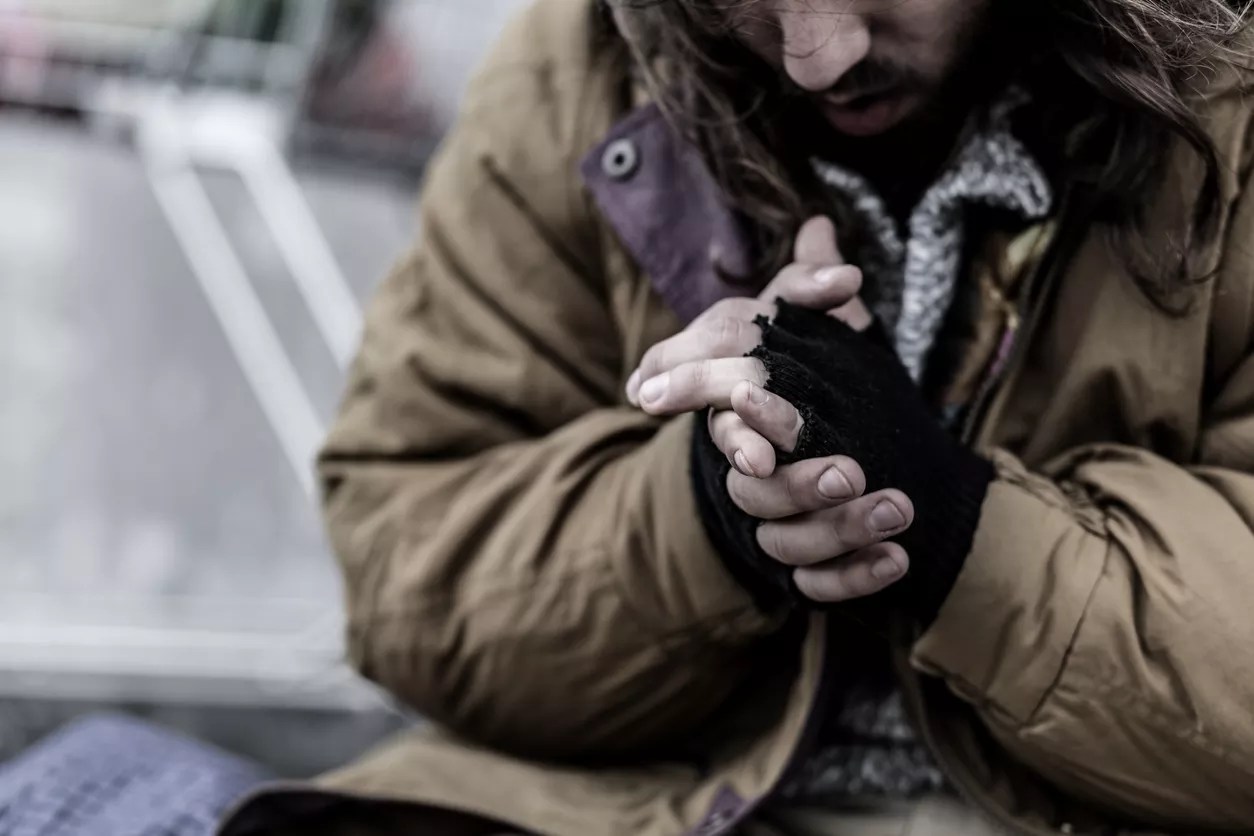
iStock

Audio By Carbonatix
Although the number of veterans living on Texas streets has dropped drastically since 2011, that population remains stubbornly high in Dallas, according to data released this week by the U.S. Department of Housing and Urban Development.
Even as Dallas saw fewer homeless veterans overall, its population of unsheltered veterans – those who spend their nights outdoors, under highway overpasses, in wooded areas and other places not meant for human habitation – has grown over the last eight years, figures show.
Although the number of unsheltered homeless veterans ticked down by about 20% in 2019 over the previous year, it remained almost 56% higher than where it stood in 2011, according to the report. During that same eight-year period, the city saw its overall homeless veteran population, which includes those living in shelters, fall by about 22%.
Between 2011 and 2019, Texas saw its unsheltered homeless veteran population tumble by about 77%, data shows.
Will you step up to support Dallas Observer this year?
We’re aiming to raise $30,000 by December 31, so we can continue covering what matters most to you. If the Dallas Observer matters to you, please take action and contribute today, so when news happens, our reporters can be there.
Those figures are based on data collected during the Point in Time count, an annual nationwide census of homeless people. Local agencies across the country conduct the count on a single night each January and report their findings to HUD.
A report released last month by the California Policy Lab suggests that unsheltered homeless people are more vulnerable to mental and physical health issues than those in shelters.
“There should be no reason that there should be veteran homelessness here. It’s one of the few populations where we know that we have resources available for them.” — Carl Falconer, Metro Dallas Homeless Alliance
During the Metro Dallas Homeless Alliance’s annual State of Homelessness Address in March, the nonprofit’s president, Carl Falconer, said resources are available to help get homeless veterans off the street and into housing. One such resource, the U.S. Department of Housing and Urban Development-VA Supportive Housing program, works with local public housing authorities to provide rental assistance vouchers for eligible homeless veterans.
“There should be no reason that there should be veteran homelessness here,” Falconer said. “It’s one of the few populations where we know that we have resources available for them. We’ve got to figure out what’s happening here and what’s going on so that we can help them.”
David Gruber, a spokesman for the nonprofit, said the factors driving the uptick in unsheltered veterans are likely the same as those contributing to increases in homelessness overall – a lack of affordable housing and a lack of permanent supportive housing for people transitioning out of homelessness.
The solution to that problem isn’t easy, but it isn’t particularly complicated, Gruber said. The city needs to be “relentless about housing people,” he said, and it needs to do a better job of getting government agencies, nonprofits that serve homeless people, and funding providers together and working toward the same plan.
The city has taken steps toward that goal over the last few months, Gruber said. Earlier this year, the nonprofit held a Veterans Challenge, in which they worked with representatives from the VA and the Dallas Housing Authority, as well as local landlords, to move 140 homeless veterans into housing. As encouraging as it was to see those people move out of homelessness, the challenge was also fruitful because it built relationships between agencies and groups that haven’t always worked closely in the past, Gruber said.
Gruber said he hopes the city will see the results of those new partnerships in next year’s Point in Time count, which will be conducted in January.